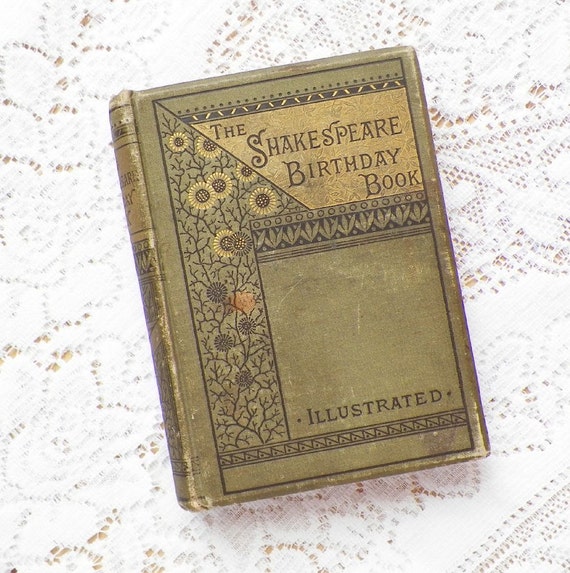


In Polish, é was historically used for a vowel called e pochylone or e ścieśnione, sounded as, or depending on the dialect. It also represents in some dialects and represents / in area between Puck and Kartuzy. É is the 8th letter of the Kashubian alphabet and represents /ɛ/. It is used only if it is the last letter of the word except in dictionaries or when a different pronunciation may affect the meaning of a word: perché ("why"/"because", pronounced ) and pésca ("fishing", ), to be compared with caffè ("coffee", ) and pèsca ("peach", ), which have a grave accent. É is a variant of E carrying an acute accent it represents an / e/ carrying the tonic accent.

In Irish the acute accent ( fada) marks a long vowel and so é is pronounced /eː/. Used in Indonesian dictionaries to denote / e/, in contrast with E, e / ə/. É is the 7th letter of the Icelandic alphabet and represents /jɛː/. É is the 10th letter of the Hungarian alphabet and represents /eː/. In Romagnol the same letter is used to represent, e.g. In Emilian, é is used to represent, e.g. In Dutch, some people use "hé" as a greeting, like "hey" or "hi". It is also used to add visual stress on words in the same way English might use italics. It is also used to differentiate the article "een," equivalent to either "a" or "an" in English, and "één", the number one. Like in English, é is respected when writing foreign words, mainly from French. In addition, Danish uses é in some loanwords to represent /i/. See Acute accent for a more detailed description. In Danish, Norwegian, and Swedish, the letter "é" is used to indicate that a terminal syllable with the vowel e is stressed, and it is often used only when it changes the meaning. É is the 9th letter of the Czech alphabet and the 12th letter of the Slovak alphabet and represents /ɛː/. Furthermore, é is respected when writing foreign words, mainly from French and it is used to add visual stress on words in the same way English might use italics. For example: in a sentence that repeats a word (that contains the vowel e) with different meaning or specificity, the e in one of the occurrences could be replaced with é to indicate the different meaning or specificity. In Afrikaans, é is used to differentiate meaning and word types. 1.24 Standard Chinese/Mandarin (pinyin).Ye with grave, a Cyrillic letter with a similar glyph."È" can be typed by pressing Alt+ 0 2 0 0 or Alt+ 2 1 2.
Shakespearean e with an accent mark windows#
Microsoft Windows user's computer can type an "è" by pressing Alt+ 0 2 3 2 or Alt+ 1 3 8 on the numeric pad of the keyboard.It can also combine with "Ê" to form "Ề". È ( è) is used in Vietnamese to represent the letter "E" with the dấu huyền tone.È ( è) is used to mark the long vowel sounds and in Scottish Gaelic.È ( è) is also used in Macedonian Latin as an equivalent of the letter ye with grave ( Ѐ, ѐ).The word 鄂, consisting only of this vowel, is an abbreviation for the Hubei province of the People's Republic of China. È ( è) is also used for an with a falling tone in pinyin, the Chinese language roman-alphabet transcription system.È in Norwegian (both Bokmål and Nynorsk) is used some words to denote a longer vowel such as in karrière (career).È (è) is used in Limburgish for the sound, like in the word 'Sjtèl'.

È is also used to mark a stressed at the end of a word only, as in caffè. It is derived from Latin ĕst and is accented to distinguish it from the conjunction e meaning "and". il cane è piccolo meaning "the dog is small".


 0 kommentar(er)
0 kommentar(er)
